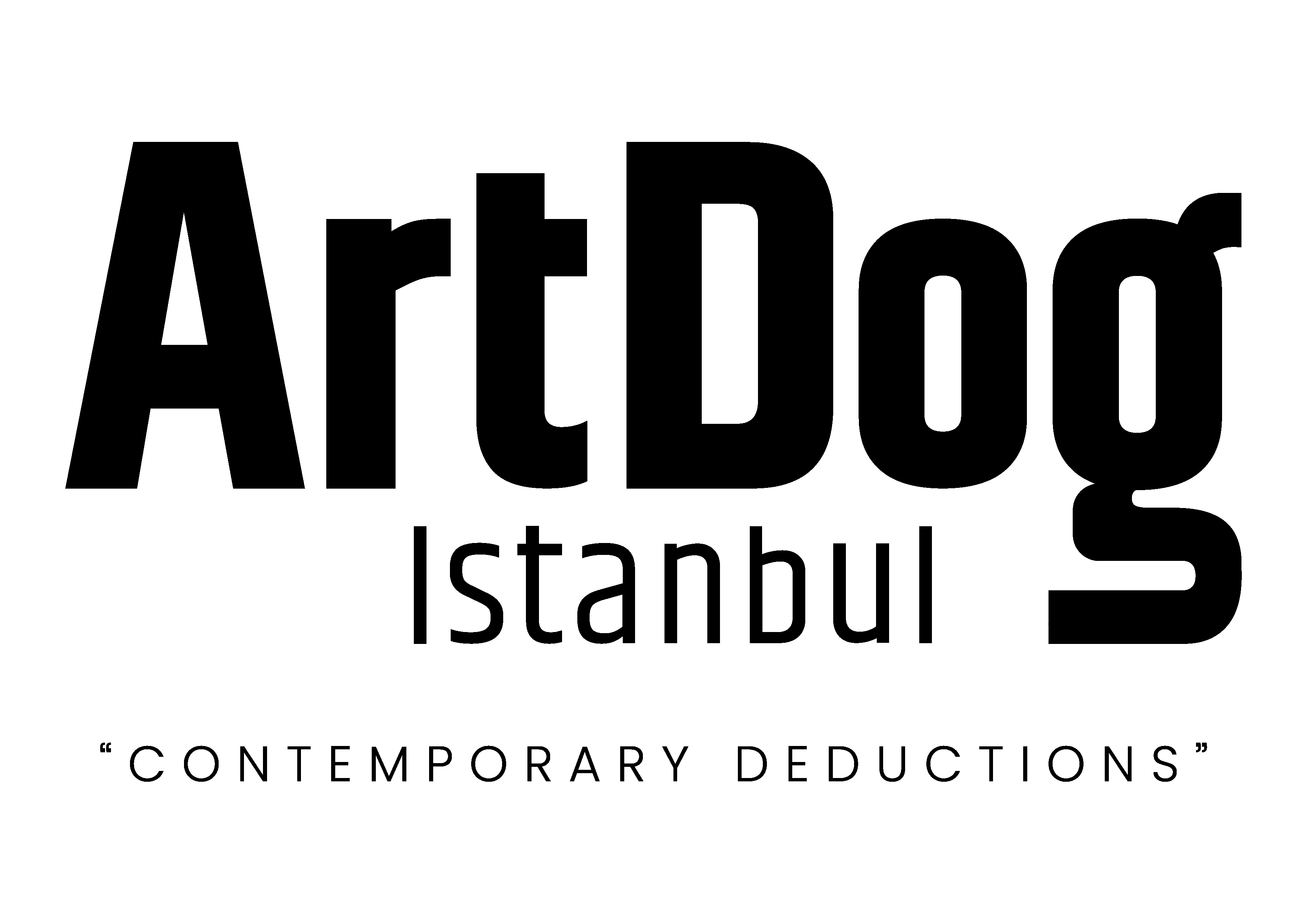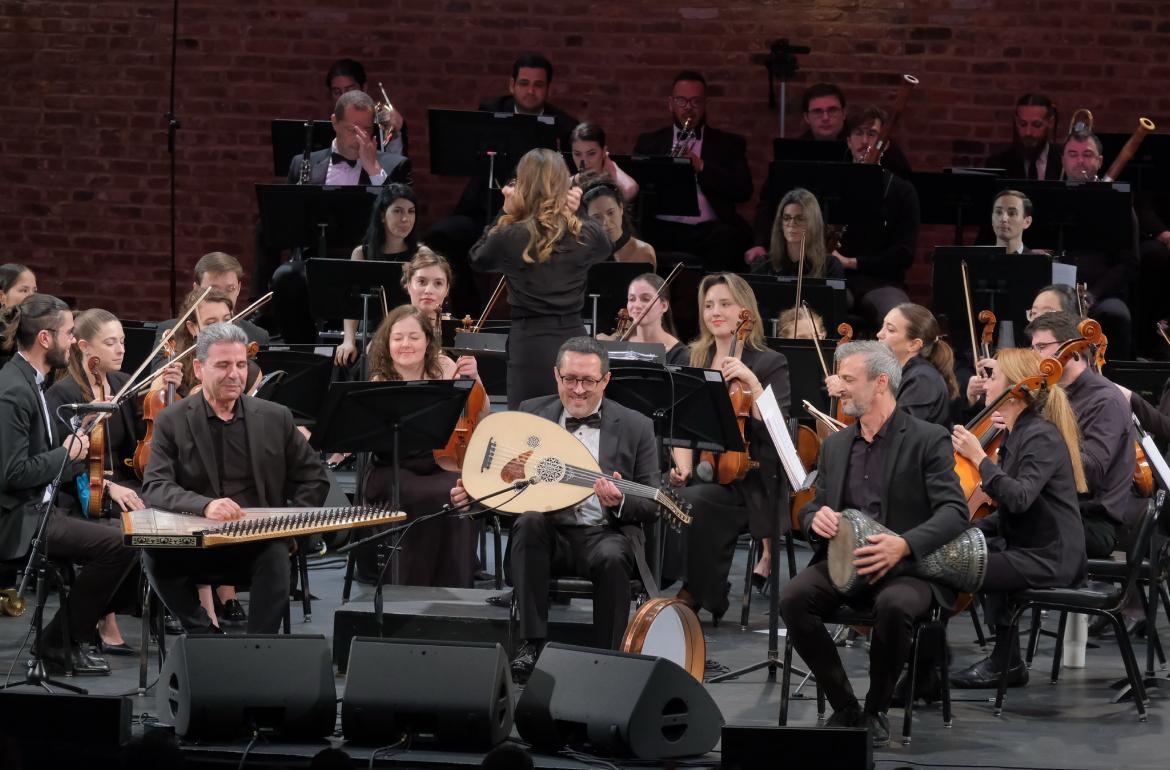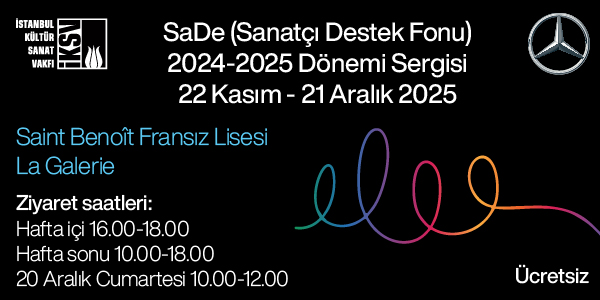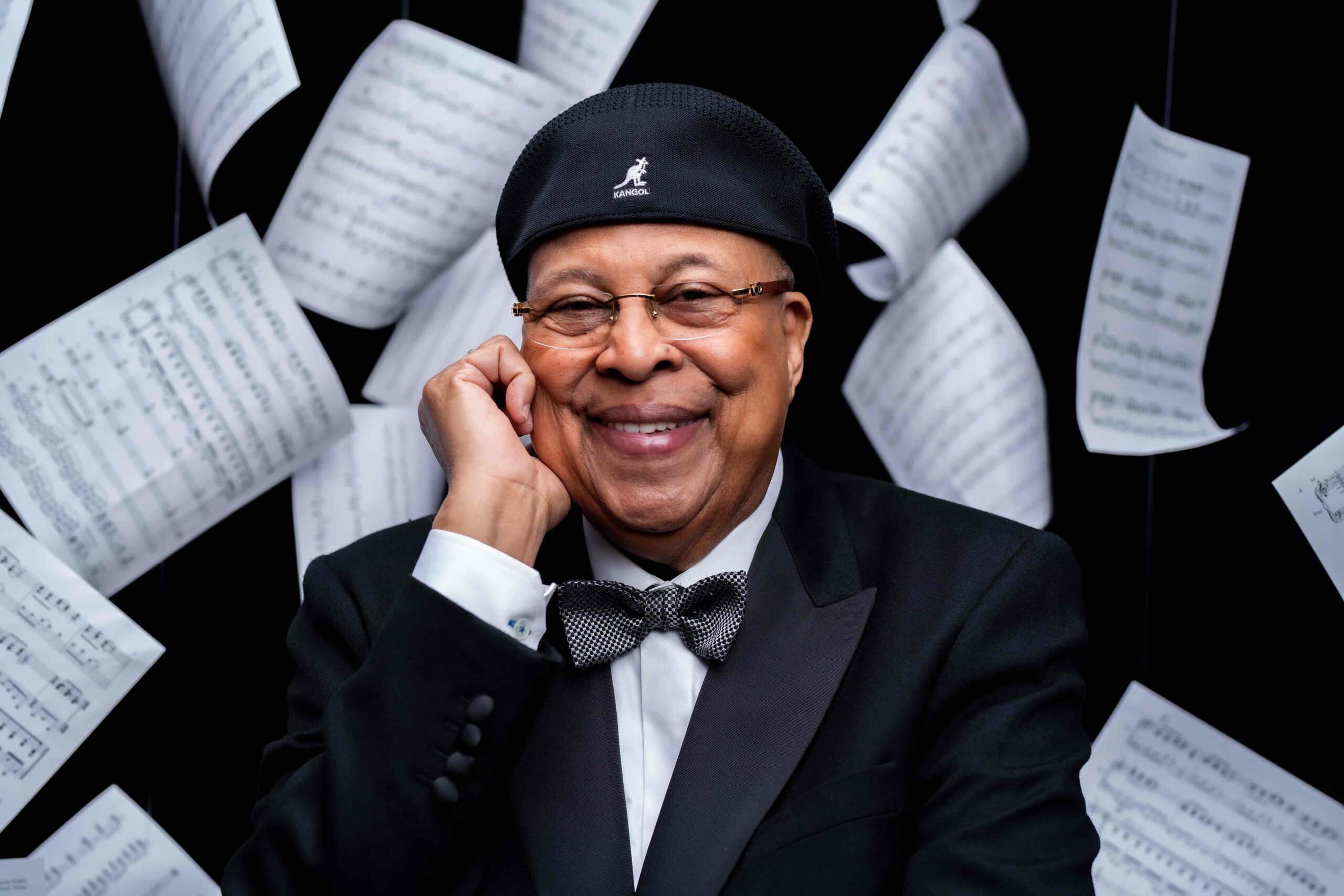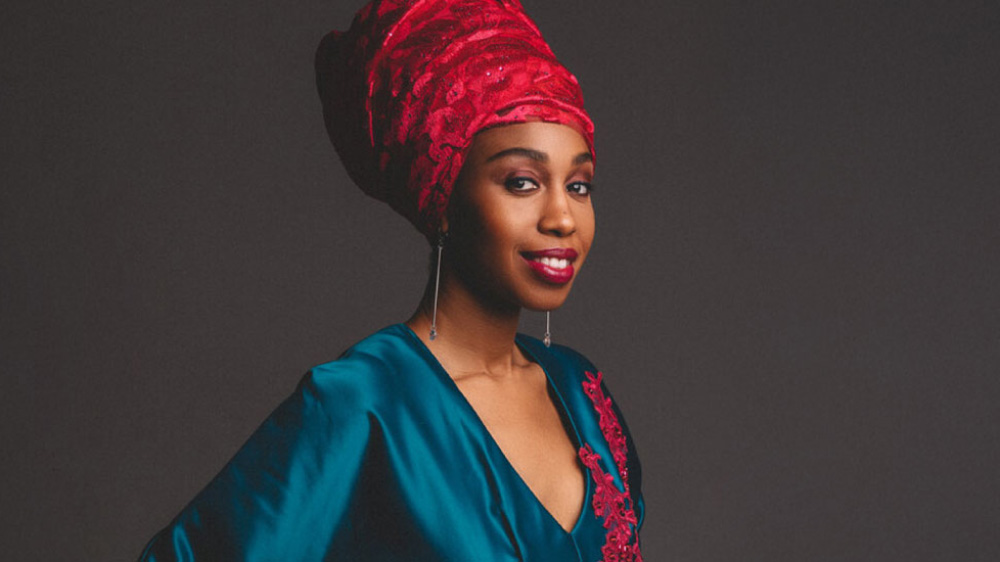Bringing together more than 50 Turkish and American musicians, the Turkish American Orchestra carries the music of Istanbul to New York. We spoke with the founders of the orchestra, Ulku Rowe and Nisan Ak, about “Moments of Istanbul”—a concert set to bring the city’s musical colors to life tonight at Manhattan School of Music, Neidorff-Karpati Hall.
Seagulls swiftly gliding over the Bosphorus, a steaming cup of tea during a ferry ride, the breeze of a Beyoğlu evening, the tastes of historical bakeries in Balat… All of Istanbul’s musical colors are transported to New York through the Turkish American Orchestra, founded by Ulku Rowe and Nisan Ak. Their second concert, themed “Moments of Istanbul,” is inspired by the universal language of music and brings together over 50 professional Turkish and American musicians on the same stage.
Drawing on Istanbul’s vibrant and paradoxical energy, the “Moments of Istanbul” program aims to offer audiences an unconventional concert experience. Many of the works featured will be performed for the first time not only in America but on the world stage. Just as Istanbul embodies diverse ways of life, this concert brings together different musical periods and genres.
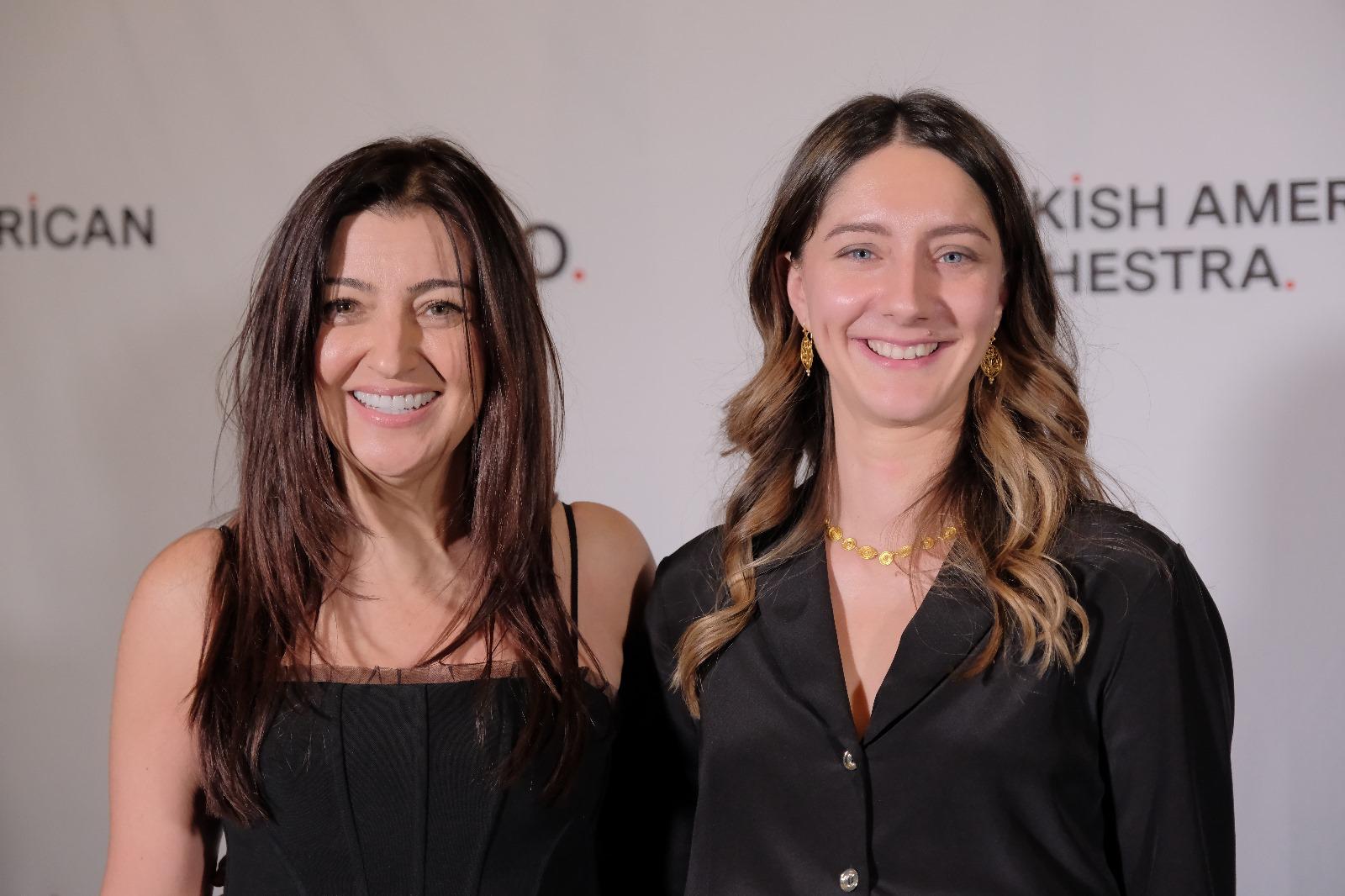
Turkish Women Composers
The concert program, which stretches from Turkish classical music to contemporary works, highlights pieces such as Kanto Medley by Berklee College of Music professor Utar Artun and Turkish Dances by Hasan Niyazi Tura, acting principal conductor of the Istanbul State Symphony Orchestra. Also included are works by prominent figures in Turkish music history such as Sezen Aksu, Cem Karaca, and MFÖ. The program places special emphasis on the role of women composers in Turkish music history. Composer Şafak Alıcıoğlu presents an orchestral suite inspired by the music of Neveser Kökdeş—composer, lyricist, and tanbur player born in 1902—which will premiere at the concert. The program also features longa and sirto pieces by Oğuzhan Balcı and a nihavent longa by Kevser Hanım, a 19th-century violinist and composer who once taught in Istanbul.
A Conversation with Ulku Rowe and Nisan Ak
We spoke with Ulku Rowe and Nisan Ak—two trailblazing figures in the worlds of music and technology—about the Turkish American Orchestra they co-founded and the “Moments of Istanbul” concert.
In your second concert themed “Moments of Istanbul,” how do you plan to reflect the city’s musical and cultural richness on stage?
We carefully curated the “Moments of Istanbul” program as a musical journey designed to evoke the spirit of Istanbul for those who long for it. Many pieces in the concert will be performed for the first time on both American and global stages. Just as Istanbul embraces all lifestyles, we’ve brought together its musical colors on one stage: classical, pop, Ottoman-era compositions, and contemporary sounds.
Your concert features a wide repertoire spanning from the Ottoman era to contemporary works. How does this diversity reflect your orchestra’s vision?
As the Turkish American Orchestra, we aim to be a vibrant cultural ambassador that promotes mutual understanding and respect between cultures through concerts and educational programs. Our repertoire spans from Western classical music to Turkish folk, from Turkish classical music to contemporary compositions. In addition to the traditional instruments of a symphony orchestra, we also incorporate traditional Turkish instruments such as the kanun and oud. This vision is at the heart of the “Moments of Istanbul” concept. We asked ourselves: how can we reflect Istanbul’s cultural and social diversity in a music-filled evening?
The pieces in the concert range from pop to classical. How does this variety resonate with your audience?
Our first concert was held in New York, and our second one will also take place there. New York is home to an intellectually rich audience that is open to embracing the music of various cultures. After our first performance, we received wonderful feedback from New Yorkers. We believe that the diverse repertoire of “Moments of Istanbul” will again resonate positively—because in many ways, Istanbul and New York are like the same city written in different fonts. Both are cultural mosaics filled with people from all over the world. That’s why we are eager to share our music not only with Turkish music lovers who miss Istanbul, but also with New Yorkers.
Your concert includes pieces that will be performed in the U.S. for the first time. What were your criteria in selecting these works, and what do you hope audiences will experience?
We are fortunate to have a remarkable Artistic Board at TAO, made up of internationally recognized musicians and composers such as Esin Aydıngöz, Mehmet Ali Sanlıkol, Ahmet Ulg, and Utar Artun. In this program, we feature Kanto Medley by Berklee College of Music professor Utar Artun and Turkish Dances by Hasan Niyazi Tura from the Istanbul State Symphony Orchestra. Our aim is always to harmoniously merge Western and Turkish music and to offer performances that not only entertain but also educate, inspiring a deeper appreciation for the diversity of musical expression.
You dedicate special attention in your program to women composers. What does it mean to you to perform the works of artists like Neveser Kökdeş and Kevser Hanım for the first time?
We believe that being a woman in the world of classical music is, in itself, a form of resistance. Many brilliant women composers and musicians have worked under challenging circumstances, often without recognition or reward. Thanks to their perseverance, we now know that women are both successful and indispensable in music. Including the works of these trailblazing women in our program is our way of expressing gratitude. At our “Moments of Istanbul” concert, we’re thrilled to present for the first time an orchestral suite by Şafak Alıcıoğlu, inspired by the music of Neveser Kökdeş, a Turkish composer, lyricist, and tanburi born in 1902.
In “Moments of Istanbul,” sounds and stories from daily life in the city are intertwined with music. How do you think this multi-sensory approach affects the audience experience?
With “Moments of Istanbul,” we aim to transport audiences to the city through music’s powerful synesthetic effects: the seagulls over the Bosphorus, the warm tea on a ferry ride, the breeze of a Beyoğlu evening, the historic flavors of Balat bakeries… These sensory details that have made Istanbul enchanting for centuries will be brought to life through music. We believe that music allows us to revisit memories or travel to places we’ve never been—without ever leaving our seat. Its universal language dissolves physical and cultural barriers, leaving behind a deeply sensory and joyful experience.
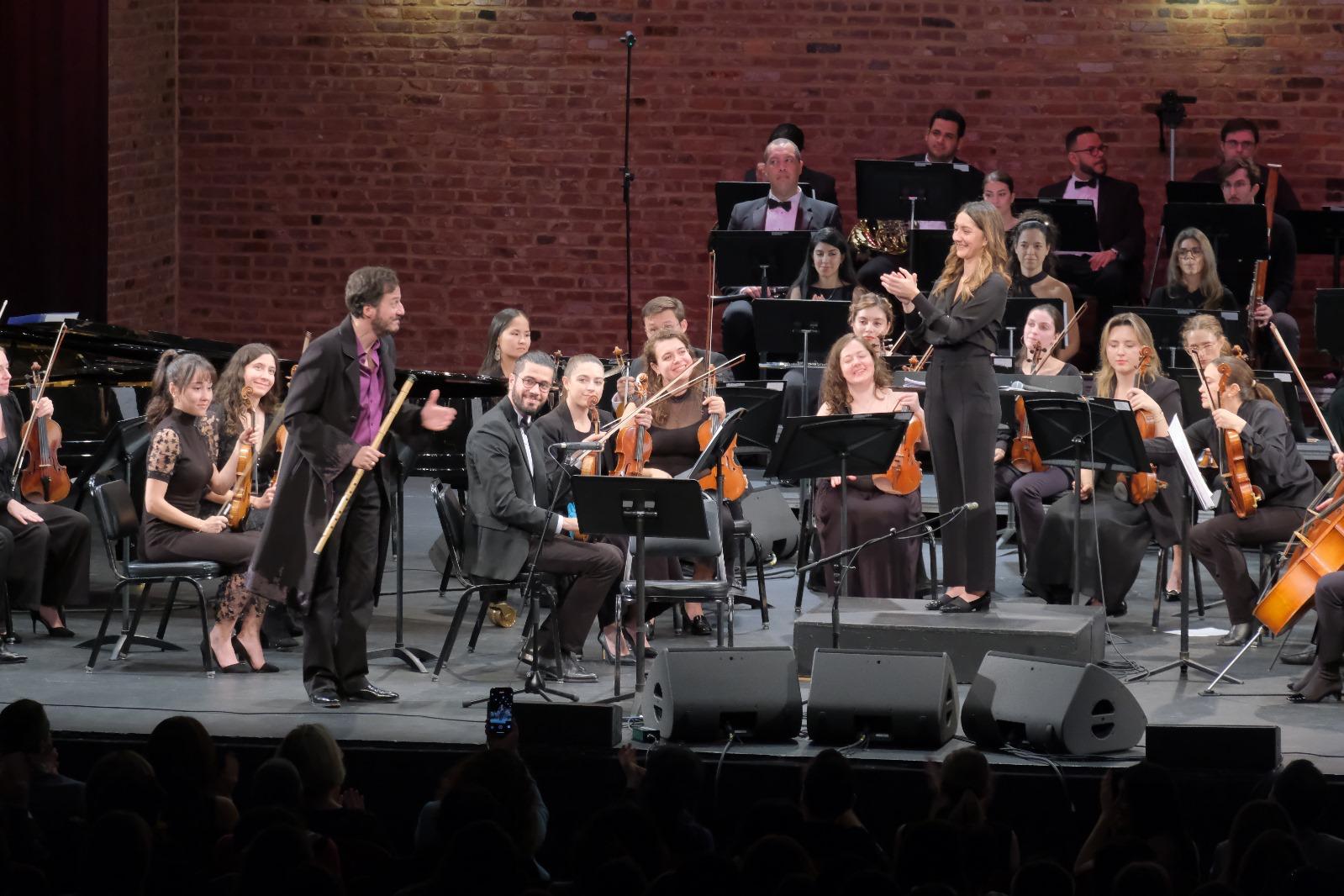
What values and goals shape the orchestra’s identity?
At TAO, we have taken it upon ourselves to be a strong cultural ambassador that promotes mutual understanding and respect between different cultures. We believe in the transformative power of music and its ability to connect hearts and minds through a shared experience of harmony and understanding. Our goal is to celebrate and promote the rich legacy of Turkish composers. That’s why our repertoire spans from Cemal Reşit Rey and Saadettin Kaynak to Sezen Aksu and contemporary composers of today.
How does bringing together musicians from diverse cultural backgrounds influence the orchestra’s performance and interpretation?
Our ensemble includes over 50 professional Turkish and American musicians living across different regions of the U.S. It is a joy to work with standout talents like kanun artist Didem Başar, flutist Yağmur Soydemir, and percussionist Nezih Antaklı, who enrich their musical passion with deep experience. We believe TAO’s inclusive and diversity-driven motto extends from the orchestra to our repertoire selections. The diversity within our orchestra directly enhances the richness of our musical expression.
What are your goals and plans for the future of the orchestra?
We will continue to build cultural bridges through music, introduce the richness of Turkish music to wider audiences in the U.S., and support young talents. Our thematic concerts featuring new and existing works by Turkish composers will go on. We aim to share our growing symphonic Turkish music repertoire with musicians around the world. There is a significant gap in this field: there is no easily accessible digital library dedicated to Turkish music. We are working to fill that void.
In addition, through our scholarship program for exceptionally talented music students, we will continue to support the musical leaders of tomorrow.



